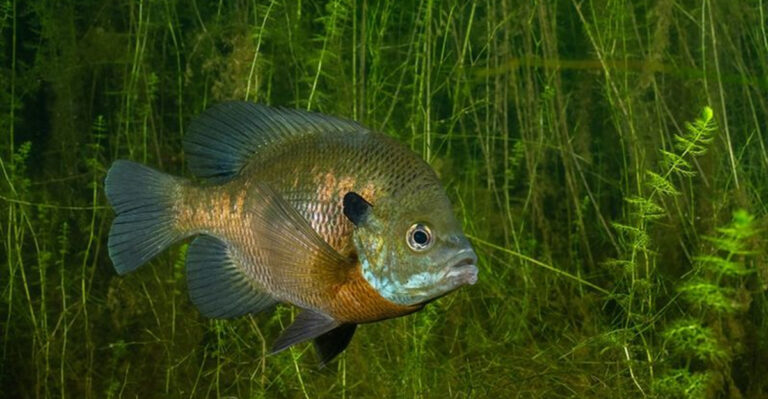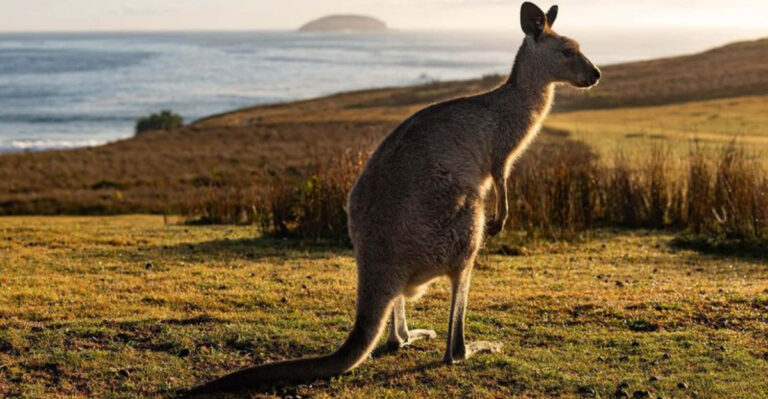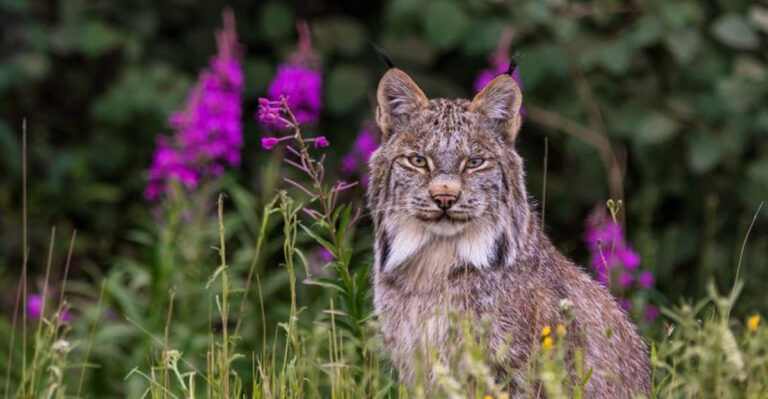10 U.S. States With The Highest Snakebite Rates (And 5 Ways To Protect Yourself From Snakebites)
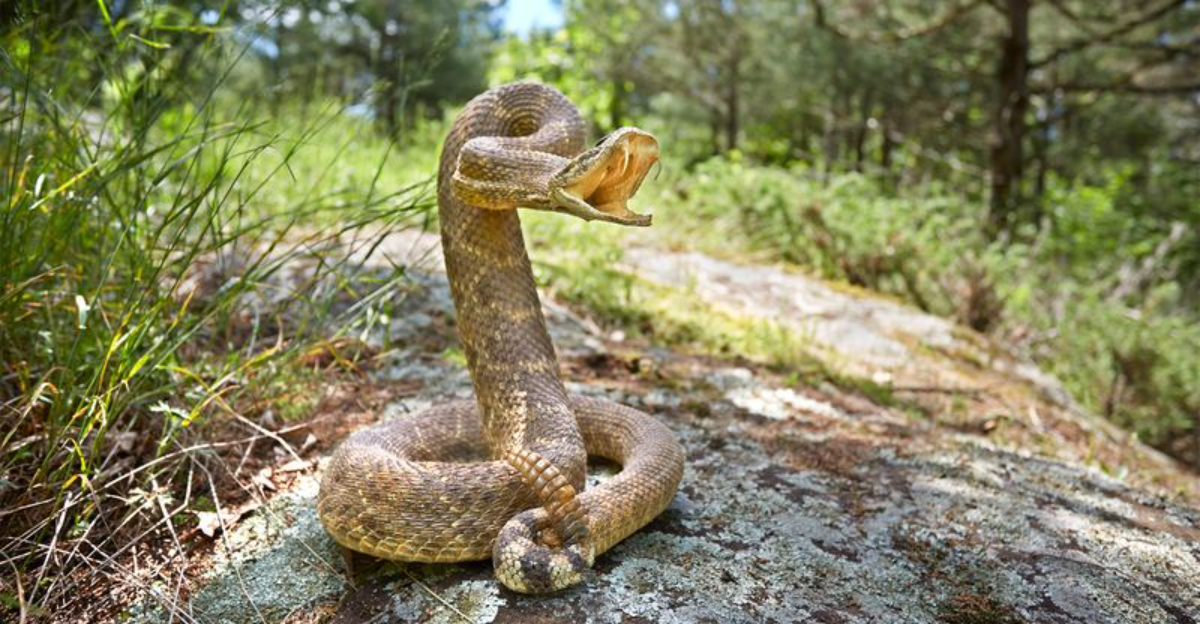
Every year, thousands of Americans encounter venomous snakes in their backyards, hiking trails, and even garages. While most snakebites aren’t deadly, they can cause serious pain, tissue damage, and scary hospital visits.
Some states report way more snakebites than others due to their climate, snake populations, and how much time people spend outdoors.
Knowing which states have the highest snakebite rates – and how to protect yourself – could save you from a painful and potentially dangerous encounter.
1. North Carolina – The Snakebite Capital
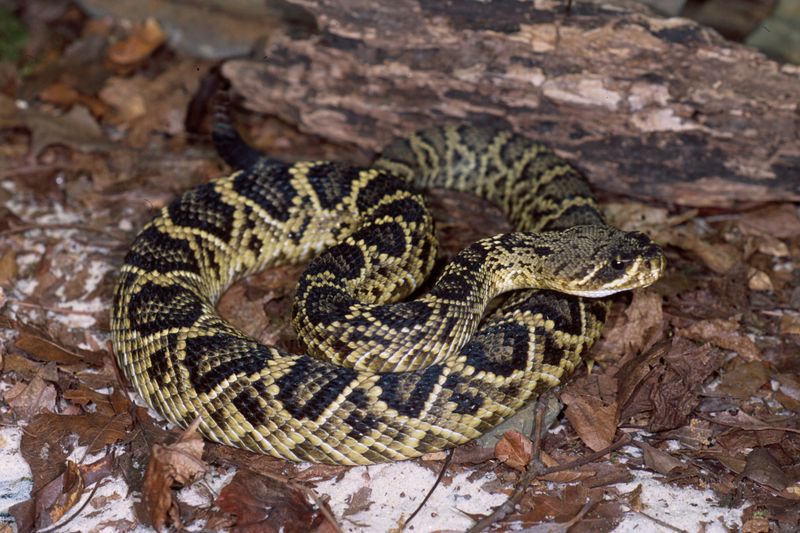
North Carolina tops the charts with more snakebite incidents per capita than any other state. The combination of warm weather, diverse habitats, and six venomous snake species creates the perfect storm for human-snake encounters.
The eastern diamondback rattlesnake and copperhead are particularly common culprits. Wake Forest Baptist Medical Center alone treats around 70 snakebite victims annually, with summer months seeing the highest numbers.
Rural areas face the greatest risk, but even suburban neighborhoods report regular incidents. Most bites happen between April and October when both humans and snakes are most active outdoors.
2. Texas – Where Everything’s Bigger, Including Snake Problems
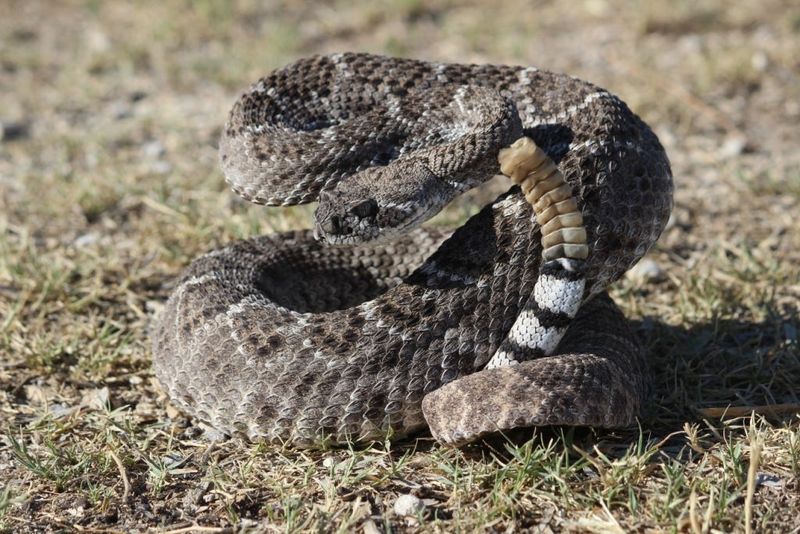
The Lone Star State hosts 15 venomous snake species – more than any other state! From western diamondbacks to cottonmouths, Texans share their expansive state with an impressive array of venomous reptiles.
West Texas desert regions report the highest concentration of rattlesnake encounters. Meanwhile, the humid eastern portions see more copperhead and cottonmouth bites. Each year, Texas poison centers handle approximately 1,000 snake-related calls.
The combination of year-round warm weather in southern regions and extensive outdoor activities makes Texas a snakebite hotspot. Many incidents occur during ranch work, hiking, and gardening.
3. Florida – Where Paradise Meets Peril
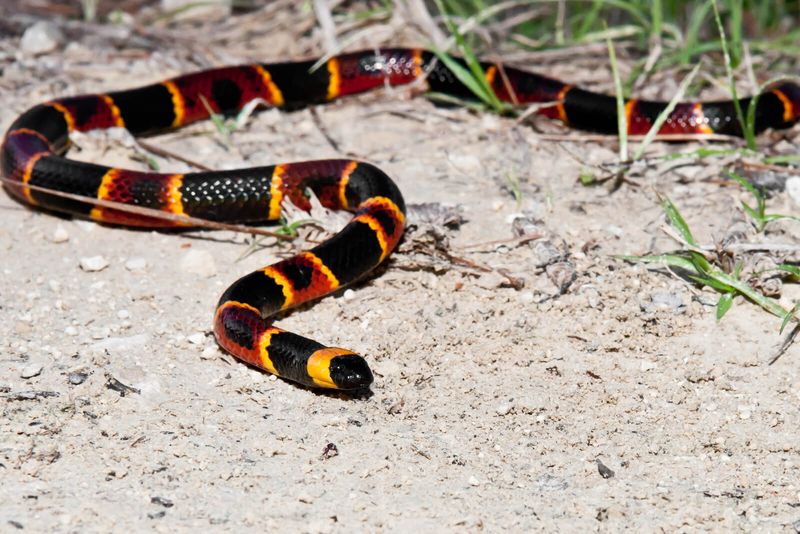
Florida’s unique ecosystem supports six venomous snake species, including the deadly eastern coral snake with its distinctive red, yellow, and black bands. The state’s combination of swamplands, beaches, and residential developments creates endless opportunities for snake encounters.
The University of Florida reports approximately 600 venomous snakebites annually. Many occur in suburban areas where development pushes into natural habitats. Snowbirds and tourists unfamiliar with snake safety protocols face particular risk.
Hurricane season inadvertently increases snakebite rates as flooding displaces snakes into residential areas. The year-round warm climate means there’s no true “off-season” for snake activity in the Sunshine State.
4. Georgia – The Peach State’s Slithery Surprise
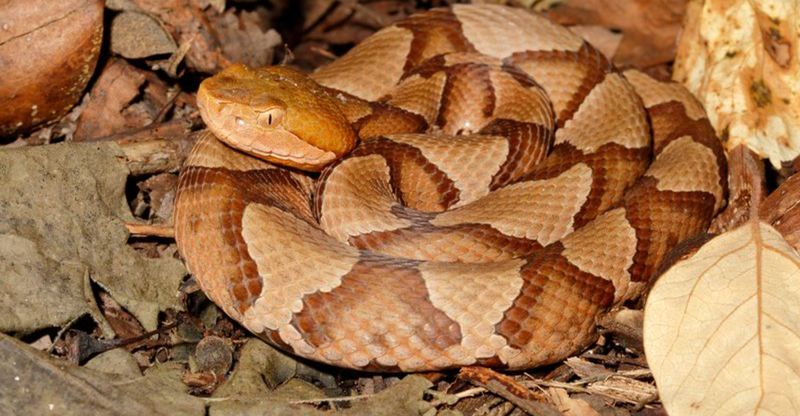
Georgia’s diverse landscape creates ideal habitats for six venomous snake species, with copperheads responsible for most bites. The Atlanta metro area reports a surprisingly high number of incidents as suburban sprawl encroaches on snake territory.
South Georgia’s agricultural workers face elevated risks during harvest seasons. The state averages around 500 reported snakebites annually, though experts believe many minor bites go unreported. Georgia’s mild winters mean snakes emerge earlier than in northern states.
Timber rattlesnakes, once common throughout the state, are now concentrated in less developed areas but still account for serious envenomations each year.
5. Arizona – Desert Dangers Abound
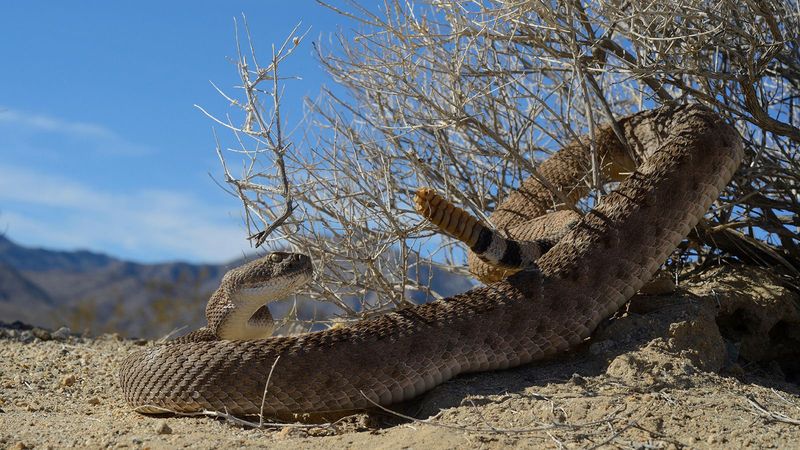
Arizona’s desert landscape hosts 13 species of rattlesnakes – more than anywhere else in the world! The Mojave rattlesnake, found in western Arizona, delivers particularly potent venom that can cause neurological damage.
Phoenix and Tucson hospitals treat hundreds of snakebite victims annually. Hiking trails around popular destinations like Sedona and the Grand Canyon are common bite locations. Many incidents involve tourists unfamiliar with desert safety.
The state’s growing retirement communities often border prime snake habitat. Arizona’s poison control centers have developed specialized protocols for snakebite treatment due to the frequency and variety of cases they handle.
6. Oklahoma – Where Prairie Meets Poison
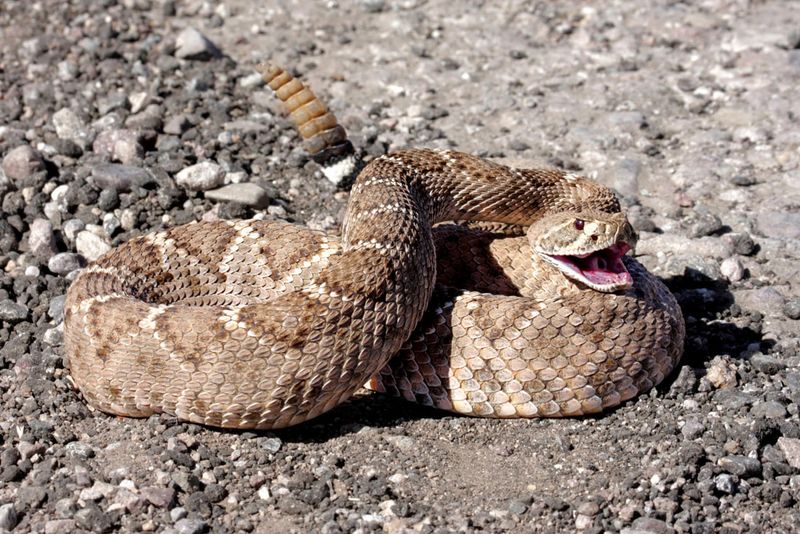
Oklahoma’s prairie landscape and numerous waterways create perfect conditions for the state’s seven venomous snake species. The western diamondback rattlesnake and copperhead top the list of bite culprits.
Rural communities host annual rattlesnake roundups despite controversy over their ecological impact. These events highlight the state’s complex relationship with its slithery residents. Eastern Oklahoma’s waterways harbor numerous cottonmouths, locally called “water moccasins.”
The state’s agricultural workers face heightened risk during harvest seasons. Oklahoma’s tornado season inadvertently increases human-snake encounters as displaced snakes seek shelter in the same places people do after storms.
7. Alabama – The Cotton State’s Cottonmouth Problem
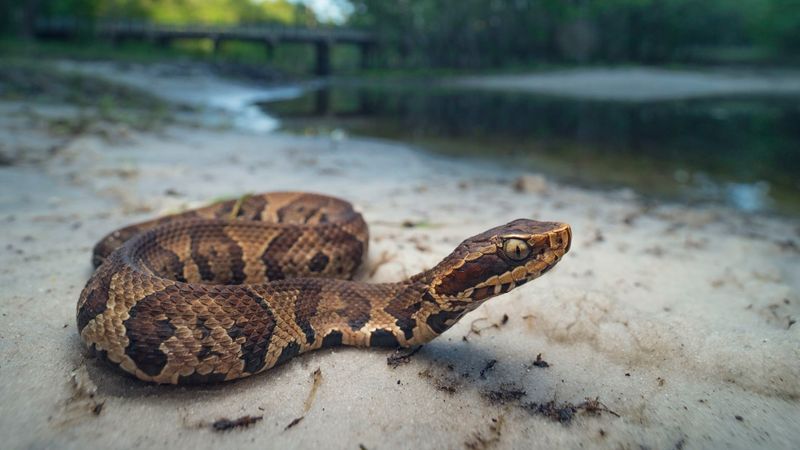
Alabama’s abundant waterways create perfect habitat for water moccasins (cottonmouths), one of North America’s most aggressive venomous snakes. The state’s six venomous species thrive in its humid climate and diverse ecosystems.
Fishing and water recreation account for many Alabama snakebites. The Mobile-Tensaw Delta, nicknamed “America’s Amazon,” harbors dense snake populations. Rural property owners frequently encounter timber rattlesnakes and copperheads while maintaining their land.
Alabama’s mild winters mean a longer active season for cold-blooded reptiles. The state’s mixture of dense forests, agricultural areas, and waterways creates numerous edge habitats where humans and snakes frequently cross paths.
8. South Carolina – Lowcountry Snake Haven
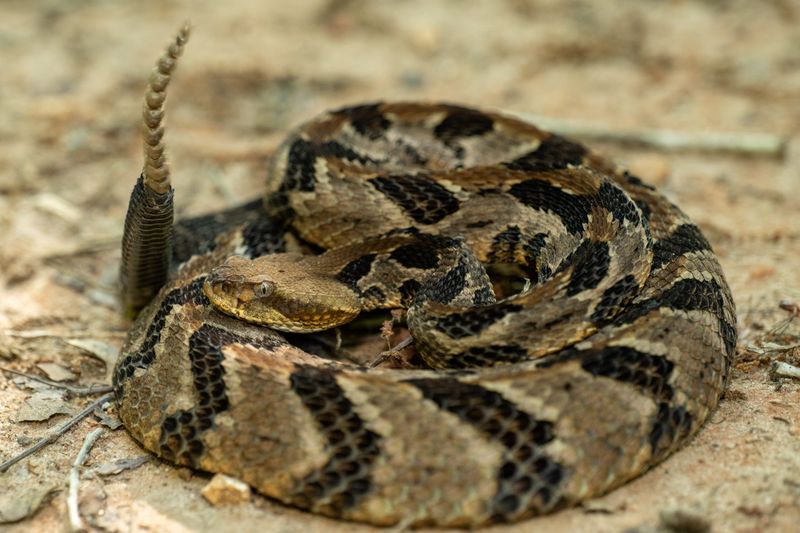
South Carolina’s diverse ecosystems support all six of the eastern venomous snake species. The state’s Lowcountry region, with its marshes and swamps, creates perfect habitat for cottonmouths and canebrake rattlesnakes.
Hilton Head and Myrtle Beach tourists frequently encounter snakes on golf courses and beach paths. Charleston’s historic district occasionally reports copperheads in gardens and courtyards. The state averages approximately 300 reported venomous snakebites annually.
South Carolina’s barrier islands host unique rattlesnake subspecies that have adapted to coastal environments. Golf course workers face particular risk, as manicured landscapes with water features attract both snakes and people.
9. Missouri – The Show-Me State’s Snake Surprise
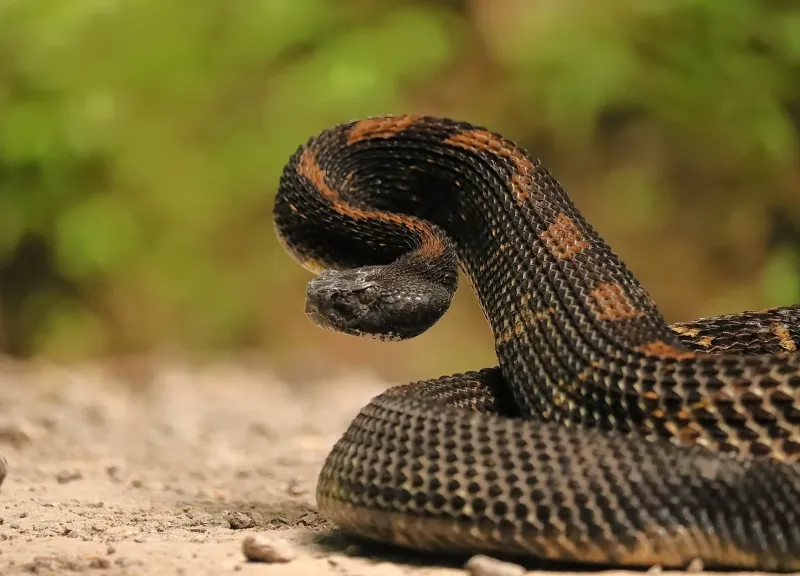
Missouri’s position at the crossroads of eastern and western ecosystems creates habitat for five venomous snake species. The state’s Ozark region, with its rocky outcroppings and forests, harbors dense populations of timber rattlesnakes and copperheads.
Float trips down Missouri’s popular rivers bring unwitting recreationists into cottonmouth territory. The state’s extensive cave systems occasionally shelter surprised hikers and venomous snakes seeking the same shelter.
Missouri conservation officials receive hundreds of snake identification requests annually. Lake of the Ozarks vacation properties frequently report snake encounters as development continues to push into natural habitats. Missouri’s varied seasons mean concentrated snake activity during spring emergence and fall hibernation preparation.
10. Mississippi – Delta Danger
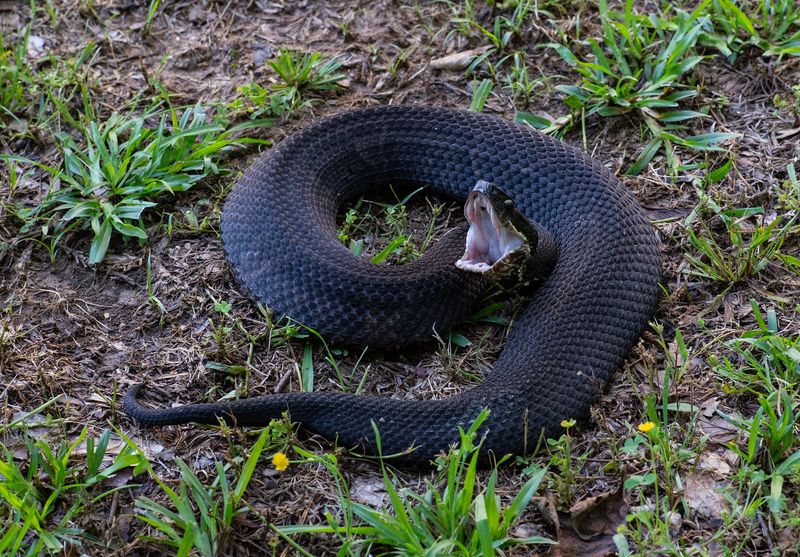
Mississippi’s combination of swampland, agricultural areas, and forests creates ideal conditions for the state’s six venomous snake species. The Mississippi Delta region reports particularly high concentrations of cottonmouths in its numerous waterways.
Farming communities regularly encounter timber rattlesnakes during harvest seasons. Many bites occur during cotton and soybean picking. The state’s mild climate means snakes remain active for much of the year. Natchez Trace hikers frequently spot venomous snakes along the historic pathway.
Mississippi’s poison control center handles approximately 200 snake-related calls annually, though many minor bites likely go unreported in rural areas where home remedies are still sometimes attempted.
11. Wear Proper Footwear – Your First Line Of Defense
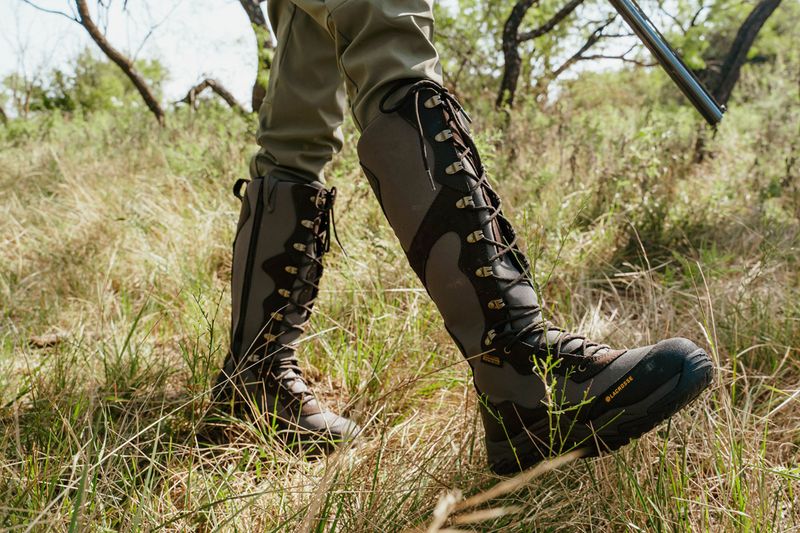
Snake fangs can’t penetrate thick leather boots! Ankle-high (or taller) hiking boots provide crucial protection against most snake strikes, which typically occur below the knee. Never wear sandals or go barefoot in snake country, even if it’s hot outside.
Pair your boots with thick socks and long pants for additional protection. Tucking pants into boots creates a further barrier against fangs. Snake gaiters – special protective leggings worn over boots – offer maximum protection for high-risk activities like brush clearing.
Remember that many snakebites happen at night. Always use a flashlight and wear closed shoes when walking outside after dark, even just to take out the trash in snake-prone areas.
12. Stay Alert On Trails – Watch Where You Step And Reach
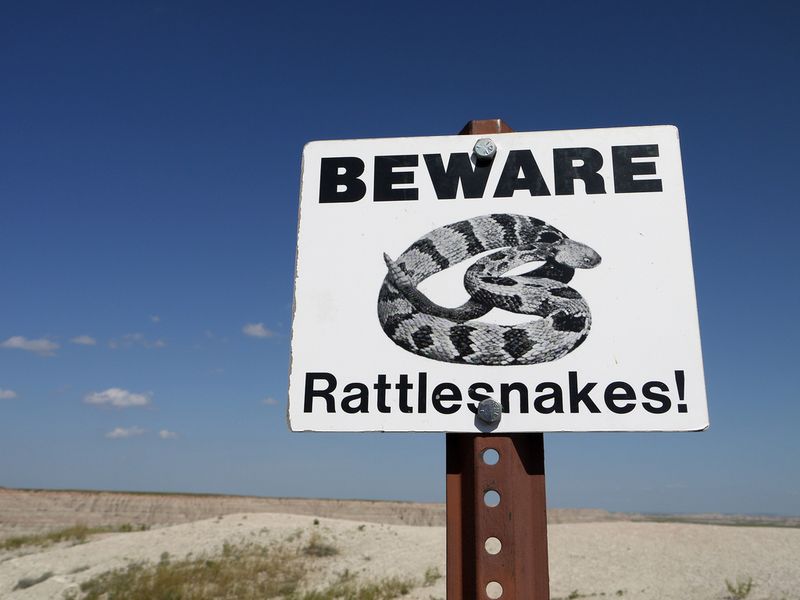
Most snakebites happen when people accidentally step on or near snakes they didn’t see. Always scan the path ahead and use a hiking stick to probe areas before stepping. Never step over logs without first checking what’s on the other side.
Keep your hands visible when climbing rocks or gathering firewood. Snakes love hiding in woodpiles, rock crevices, and hollow logs. Pay special attention around water sources – snakes often hunt near streams and ponds where prey animals gather.
Remove headphones while hiking in snake country. Being able to hear a rattlesnake’s warning could save you from a painful encounter. Stay on established trails where visibility is better and snakes have fewer hiding places.
13. Snake-Proof Your Property – Create A Buffer Zone
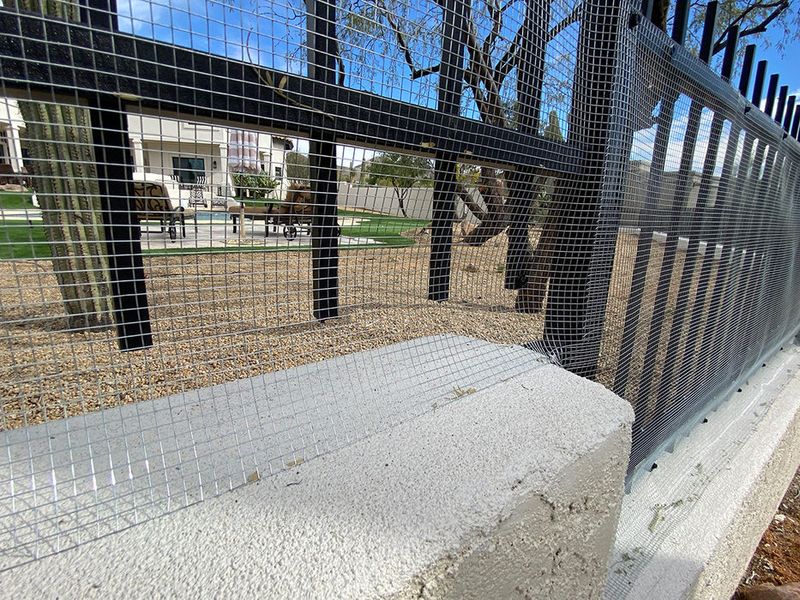
Snakes seek three things: food, water, and shelter. Eliminate these attractions to make your yard less inviting. Keep grass short, remove brush piles, and store firewood at least 30 feet from your home on raised platforms. Seal gaps under porches, sheds, and foundations where snakes might den.
Hardware cloth (¼-inch mesh) makes an effective barrier. Remove bird feeders during snake season or position them away from the house – spilled seed attracts rodents, which attract snakes.
Consider installing snake fencing around children’s play areas. These barriers should be at least 3 feet tall, buried 6 inches deep, and angled outward at the top to prevent climbing.
14. Learn To Identify Local Snakes – Knowledge Saves Lives
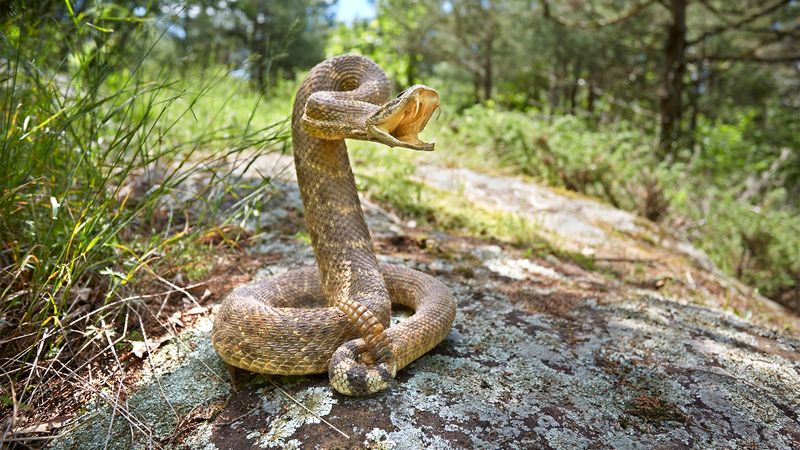
Not all snakes are dangerous! Learning to identify the venomous species in your area helps reduce unnecessary fear and harmful encounters. Most states have only a few venomous species among dozens of harmless ones.
Download a snake identification app or carry a pocket guide when outdoors. Pay attention to head shape, patterns, and behavior – but never get close to make these observations. Many non-venomous snakes mimic their dangerous cousins as a defense mechanism.
Join a local naturalist group for guided hikes focused on snake education. Understanding snake behavior patterns, like seasonal activity and preferred habitats, further reduces your risk of surprise encounters.
15. Know Emergency Protocol – Minutes Matter After A Bite
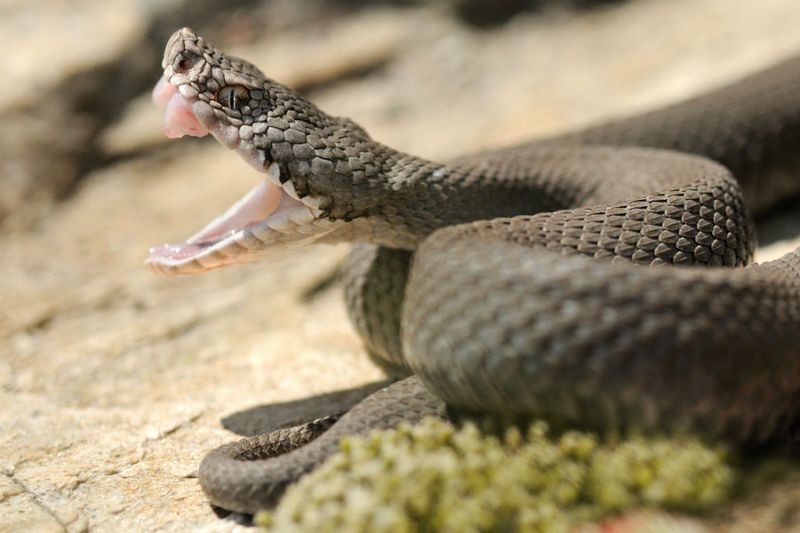
If bitten, stay calm and get away from the snake to prevent additional strikes. Remove jewelry and tight clothing near the bite site before swelling begins. Keep the bite area below heart level and get to a hospital immediately – every minute counts!
Don’t apply tourniquets, cut the wound, suck out venom, or apply ice – these outdated methods cause more harm than good. Take a photo of the snake if possible (without getting close), but never delay medical care to hunt for the culprit.
Save the nearest hospital’s number in your phone and know which facilities stock antivenom. Many rural hospitals transfer snakebite victims to larger medical centers with specialized treatment protocols.


